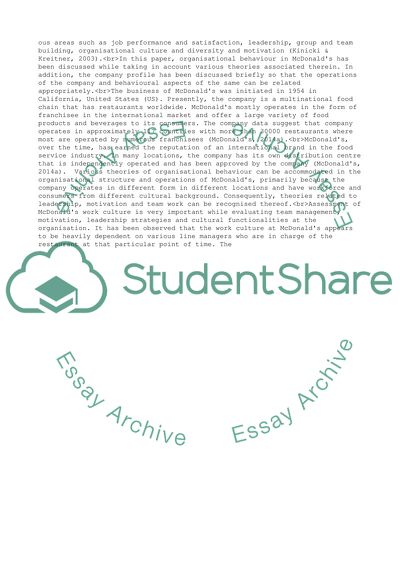Cite this document
(Origination behaviour Essay Example | Topics and Well Written Essays - 2500 words, n.d.)
Origination behaviour Essay Example | Topics and Well Written Essays - 2500 words. https://studentshare.org/management/1843816-origination-behaviour
Origination behaviour Essay Example | Topics and Well Written Essays - 2500 words. https://studentshare.org/management/1843816-origination-behaviour
(Origination Behaviour Essay Example | Topics and Well Written Essays - 2500 Words)
Origination Behaviour Essay Example | Topics and Well Written Essays - 2500 Words. https://studentshare.org/management/1843816-origination-behaviour.
Origination Behaviour Essay Example | Topics and Well Written Essays - 2500 Words. https://studentshare.org/management/1843816-origination-behaviour.
“Origination Behaviour Essay Example | Topics and Well Written Essays - 2500 Words”. https://studentshare.org/management/1843816-origination-behaviour.


